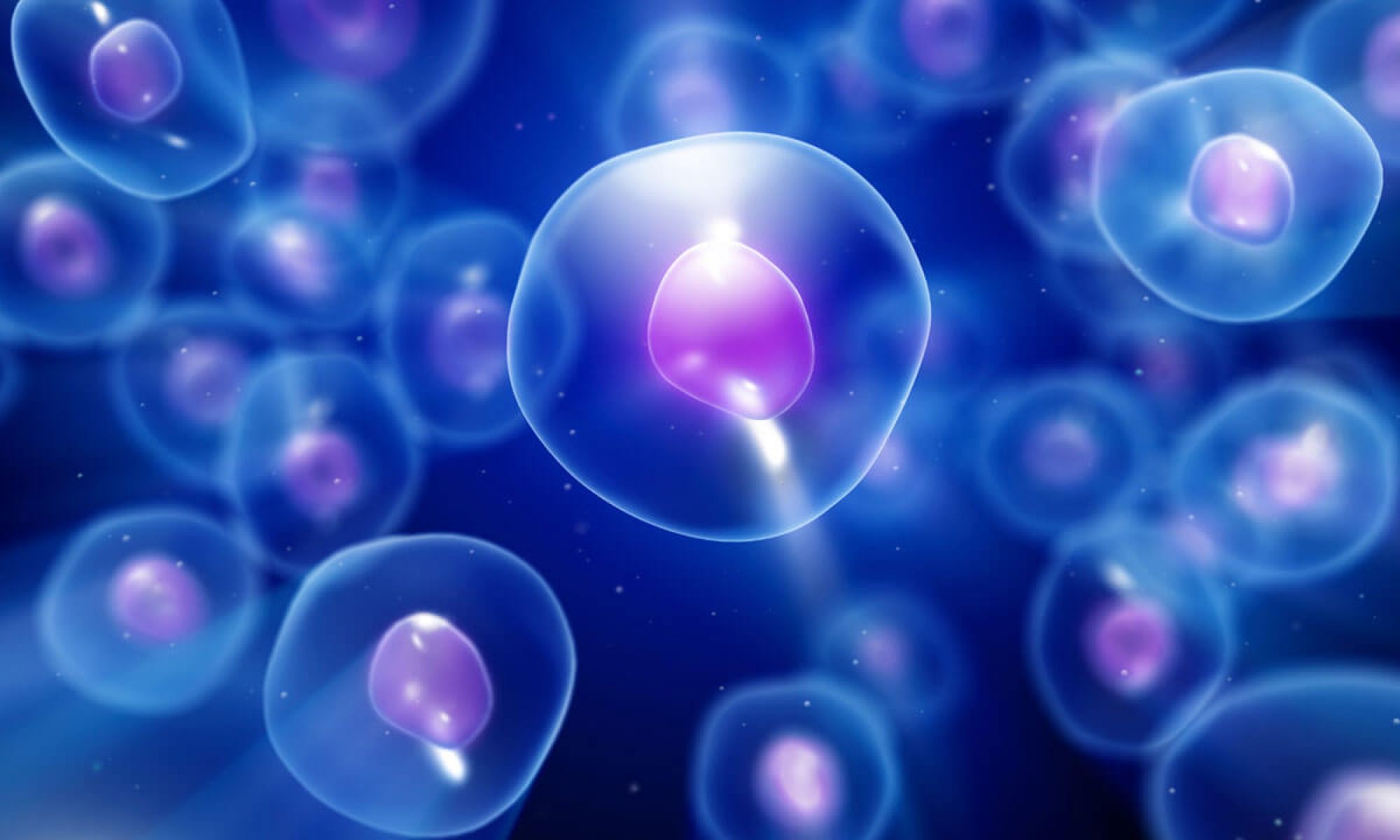Stem cell research is one of the most fascinating areas of contemporary biology, but, as with many expanding fields of scientific inquiry, research on stem cells raises scientific questions as rapidly as it generates new discoveries.
There are many ways in which human stem cells can be used in research and the clinic. Studies of human embryonic stem cells will yield information about the complex events that occur during human development. A primary goal of this work is to identify how undifferentiated stem cells become the differentiated cells that form the tissues and organs. Scientists know that turning genes on and off is central to this process. Some of the most serious medical conditions, such as cancer and birth defects, are due to abnormal cell division and differentiation.
A more complete understanding of the genetic and molecular controls of these processes may yield information about how such diseases arise and suggest new strategies for therapy.
Human stem cells could be used to test new drugs.
For example, new medications could be tested for safety on differentiated cells generated from human pluripotent cell lines. Other kinds of cell lines are already used in this way. Cancer cell lines, for example, are used to screen potential anti-tumor drugs. The availability of pluripotent stem cells would allow drug testing in a wider range of cell types.
Perhaps the most important potential application of human stem cells is the generation of cells and tissues that could be used for cell-based therapies.
Today, donated organs and tissues are often used to replace ailing or destroyed tissue, but the need for transplantable tissues and organs far outweighs the available supply. Stem cells, directed to differentiate into specific cell types, offer the possibility of a renewable source of replacement cells and tissues to treat diseases including Alzheimer’s diseases, spinal cord injury, stroke, burns, heart disease, diabetes, osteoarthritis, and rheumatoid arthritis.
